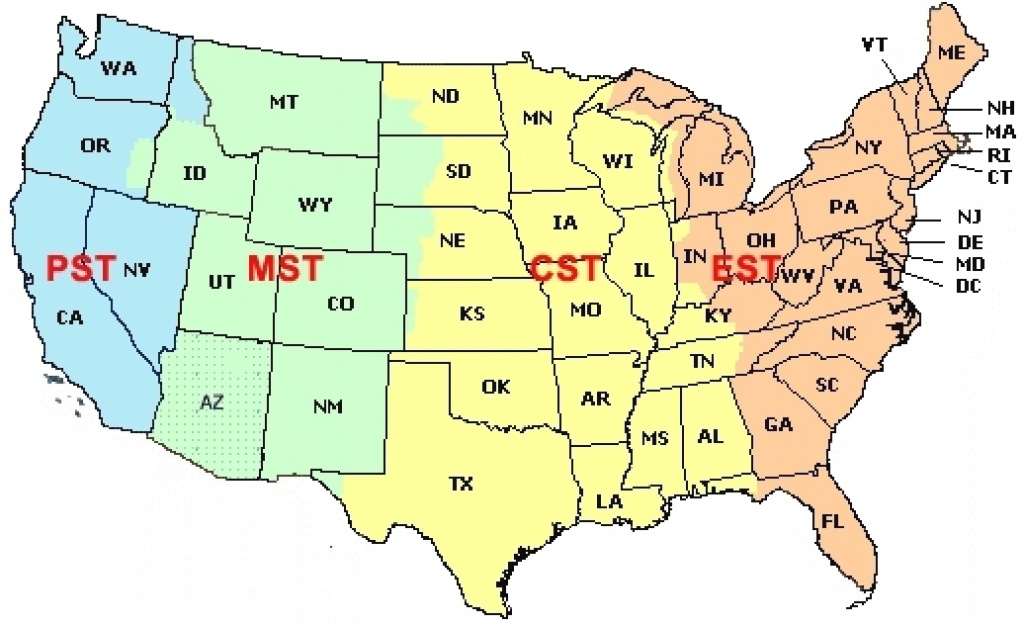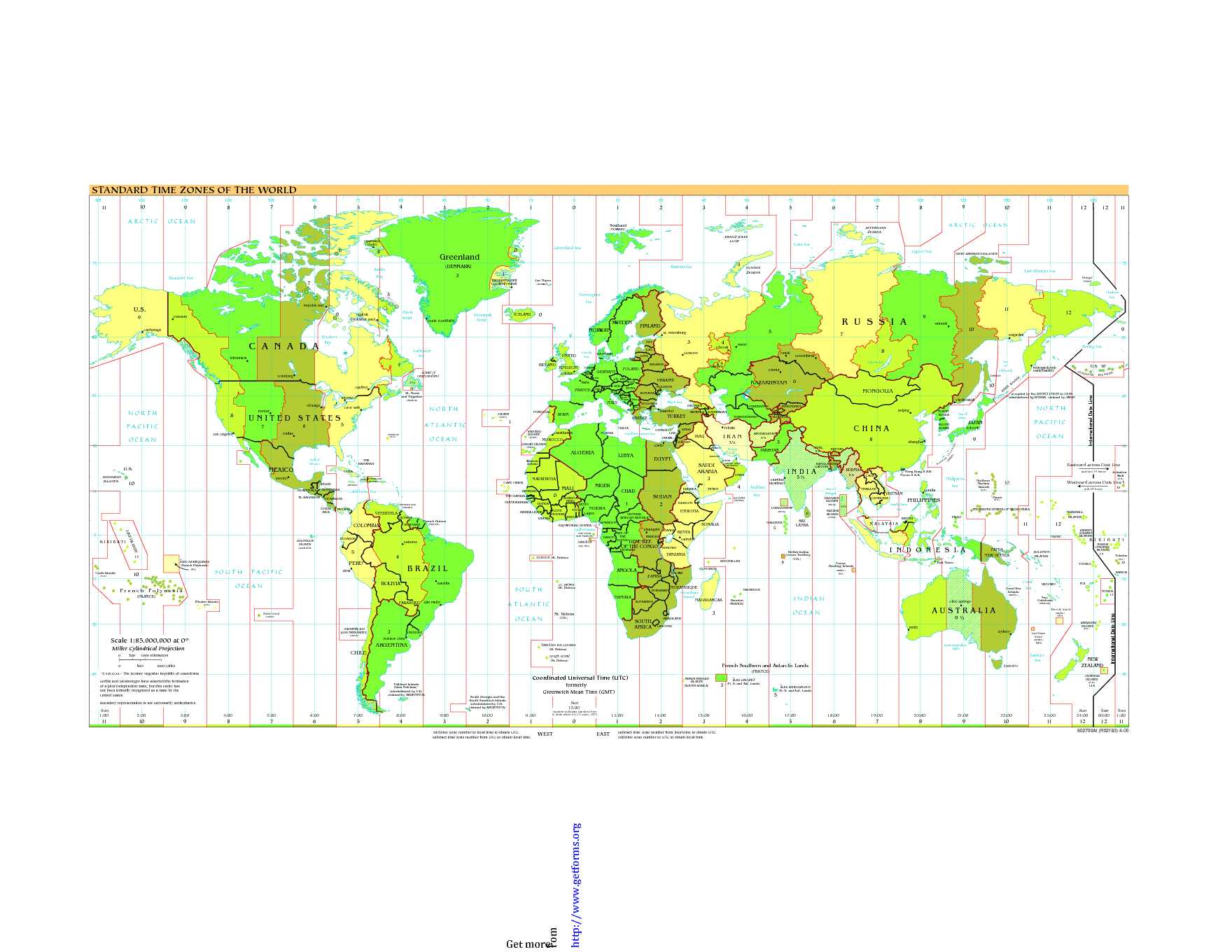

Hawaii-Aleutian Standard Time| subtract 10 hours from UTC Pacific Standard Time| subtract 8 hours from UTCĪlaska Daylight Time| subtract 8 hours from UTCĪlaska Standard Time| subtract 9 hours from UTC Pacific Daylight Time| subtract 7 hours from UTC Mountain Standard Time| subtract 7 hours from UTC Mountain Daylight Time| subtract 6 hours from UTC Looking for a time zone converter? Here’s a handy one at Translate UTC into your local timeĪtlantic Daylight Time| subtract 3 hours from UTCĪtlantic Standard Time| subtract 4 hours from UTCĮastern Daylight Time| subtract 4 hours from UTCĮastern Standard Time| subtract 5 hours from UTCĬentral Daylight Time| subtract 5 hours from UTCĬentral Standard Time| subtract 6 hours from UTC GMT is no longer used within the worldwide community of scientists. UTC is the successor to Greenwich Mean Time ( GMT), although their exact definitions differ. Standard time within most time zones is a certain whole number of hours offset from Coordinated Universal Time (UTC), maintained by a large number of very precise “ atomic clocks” kept at laboratories around the world, including the U.S. We say about because some states, regions and countries shift their times by 1/2 hour from the strict 24-hour divisions. The world is divided up into about 24 time zones. UTC (0) is the green vertical stripe just to the left of center.
#Utc time chart full#
Regardless which National Weather Service weather map, radar, or satellite picture you view, be sure to first check the time of the image as it will be reported in 24-hour "Z" time.View full size. The following tables show z-times for each time zone in the United States and U.S.

For example, 00Z in the Central STANDARD Time is at 6:00 p.m. Z-time does not change with the change for daylight saving time but the local time will change. 00Z for the United States begins in the evening local time. The 24-hour clock (Z-time) begins at midnight (00Z) at this prime meridian. Moving east across the International Date Line means subtracting 24 hours from the clock thereby reversing one day on the calendar. This means you advance the clock 24 hours in essence you advance one day on the calendar. Moving west across the International Date Line one moves from the -12 UTC time zone to the +12 UTC time zone. At the meeting of the -12 and +12 time zones is the International Date Line. Time zone offsets are identified as -12 UTC through 0 to +12 UTC with the minus values signifying time "before" or ahead of prime meridian (which is the Western Hemisphere). However, today the individual zone boundaries are no longer straight, nor are they always continuous, as they have been modified for convenience and to satisfy the desires of sovereign nations. With the 360° daily rotation of the earth, the sun is moving 15° each hour which leads to the formation of 24 time zones.

Today, one can visit the Royal Observatory and straddle this 0° meridian with one foot in each hemisphere. This 0° meridian divides the Eastern from the Western Hemisphere. This was for both for longitude and timekeeping. settled the matter where it was agreed to establish a single "prime" meridian (0° longitude), passing through Greenwich. In 1884, a conference in Washington, D.C.


 0 kommentar(er)
0 kommentar(er)
